Beneath the surface of your home lies a hidden gem just waiting to be transformed. Yes, we’re talking about that often neglected space known as the basement. From a dusty storage area to a modern living space, basement renovations have become increasingly popular in recent years.
However, before you dive headfirst into this exciting project, it’s important to understand the challenges that lie beneath. Moisture infiltration, limited light, ventilation woes – oh my! But fear not, intrepid renovators. You’ll be learning some of the biggest hurdles you may encounter during your basement renovation journey and provide expert tips on how to tackle them like a pro.
Building Code Compliance
This compliance, though is often so confusing, ensures the safety and structural integrity of the space, the levels of sustainability, as well as adherence to legal requirements. However, navigating building codes can be challenging and time-consuming. To make things easier, check out https://www.energieheld.de/blog/energie/nachhaltiger-kellerbau. One common challenge in meeting building code compliance is obtaining permits and approvals from local authorities. This process can involve submitting detailed plans, specifications, and documentation for review. It’s essential to carefully follow all submission guidelines to avoid delays or rejections. Working with a professional contractor who has experience in basement renovations can help you navigate these challenges effectively. They will have a strong understanding of local building codes and know how to design and execute projects that meet compliance standards.
Moisture and Water Intrusion
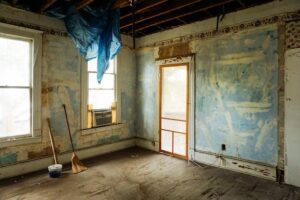 Moisture and water intrusion are perhaps the most common challenges faced when renovating a basement. After all, being below ground level makes basements more susceptible to dampness and leaks. The last thing you want is to invest time and money into creating a beautiful new space only to have it ruined by moisture-related issues. One of the first steps in tackling this challenge is identifying the source of the moisture. Is it coming from groundwater seepage, poor drainage, or leaky pipes? Once you’ve pinpointed the problem, take immediate action to address it. This may involve installing proper waterproofing measures such as sealants or membranes on walls and floors.
Moisture and water intrusion are perhaps the most common challenges faced when renovating a basement. After all, being below ground level makes basements more susceptible to dampness and leaks. The last thing you want is to invest time and money into creating a beautiful new space only to have it ruined by moisture-related issues. One of the first steps in tackling this challenge is identifying the source of the moisture. Is it coming from groundwater seepage, poor drainage, or leaky pipes? Once you’ve pinpointed the problem, take immediate action to address it. This may involve installing proper waterproofing measures such as sealants or membranes on walls and floors.
Low Ceilings and Limited Light
Basements are often characterized by lower ceiling heights compared to the rest of the house, which can make them feel cramped and confined. The lack of natural light in basements also poses a significant challenge. Without proper windows or access to sunlight, basements can appear gloomy and unwelcoming. This can be particularly problematic if you plan on using your basement as a living space or home office. To tackle these challenges, opt for lighter paint colors on your walls and ceiling to create an illusion of more space. Mirrors placed strategically can also help reflect what little natural light does enter the basement, making it seem brighter. Installing recessed lighting fixtures or track lighting can provide artificial illumination that mimics natural light.
Ventilation Challenges
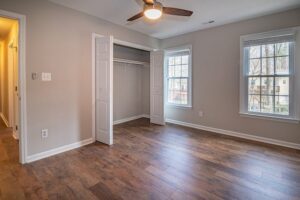 Proper ventilation is vital in any living space, and basement renovations often present unique challenges when it comes to achieving adequate airflow. With limited access to natural light and outdoor air sources, basements can quickly become stuffy and prone to poor air quality. One of the main challenges in basement renovations is creating effective ventilation systems that balance energy efficiency with proper airflow. Traditional windows may not be an option for basements located below ground level, making it necessary to explore alternative solutions such as window wells or egress windows.
Proper ventilation is vital in any living space, and basement renovations often present unique challenges when it comes to achieving adequate airflow. With limited access to natural light and outdoor air sources, basements can quickly become stuffy and prone to poor air quality. One of the main challenges in basement renovations is creating effective ventilation systems that balance energy efficiency with proper airflow. Traditional windows may not be an option for basements located below ground level, making it necessary to explore alternative solutions such as window wells or egress windows.

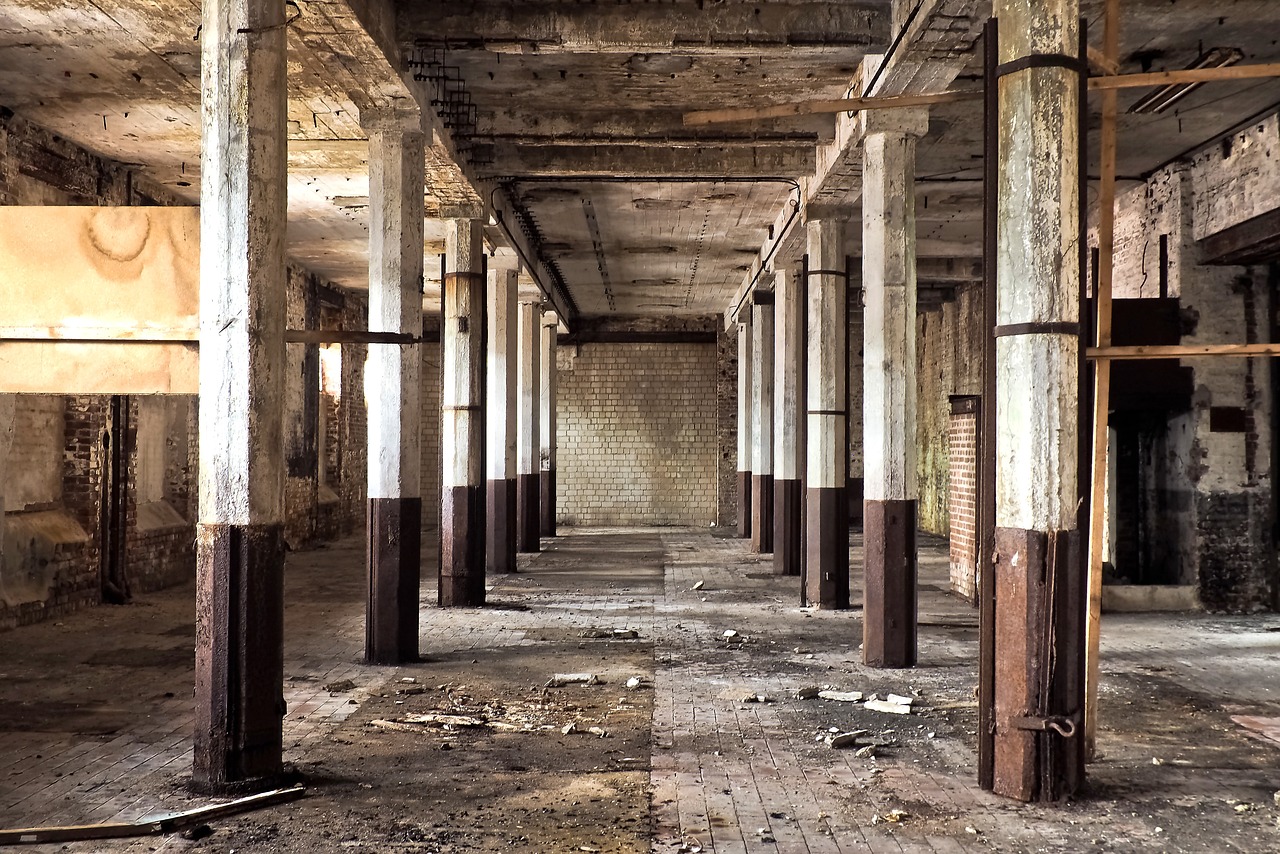

 Bedding substrates are materials that you can put in the bottom of your Ball Python’s enclosure to provide a comfortable surface for them to live on. There are many different bedding substrates available, and each one has its unique benefits and drawbacks. Some substrates are better at retaining moisture, while others are more absorbent. Some are easier to clean than others. Some are more affordable than others. Choosing the suitable substrate for your particular situation and your Ball Python’s needs is essential.
Bedding substrates are materials that you can put in the bottom of your Ball Python’s enclosure to provide a comfortable surface for them to live on. There are many different bedding substrates available, and each one has its unique benefits and drawbacks. Some substrates are better at retaining moisture, while others are more absorbent. Some are easier to clean than others. Some are more affordable than others. Choosing the suitable substrate for your particular situation and your Ball Python’s needs is essential. So, how do we choose the best bedding substrates for our ball phytons? It depends on your situation and the needs of your snake. If you are looking for a cheap, absorbent substrate that is easy to clean, then the newspaper is probably the best option for you. If you want something with a more natural smell, aspen shavings may be a better choice. And if aesthetics are important to you, cypress mulch is a great option. Ultimately, it is up to you to decide which substrate will work best for your snake and your enclosure. Just be sure to do your research and ask around before deciding to be sure you are making the right choice!
So, how do we choose the best bedding substrates for our ball phytons? It depends on your situation and the needs of your snake. If you are looking for a cheap, absorbent substrate that is easy to clean, then the newspaper is probably the best option for you. If you want something with a more natural smell, aspen shavings may be a better choice. And if aesthetics are important to you, cypress mulch is a great option. Ultimately, it is up to you to decide which substrate will work best for your snake and your enclosure. Just be sure to do your research and ask around before deciding to be sure you are making the right choice!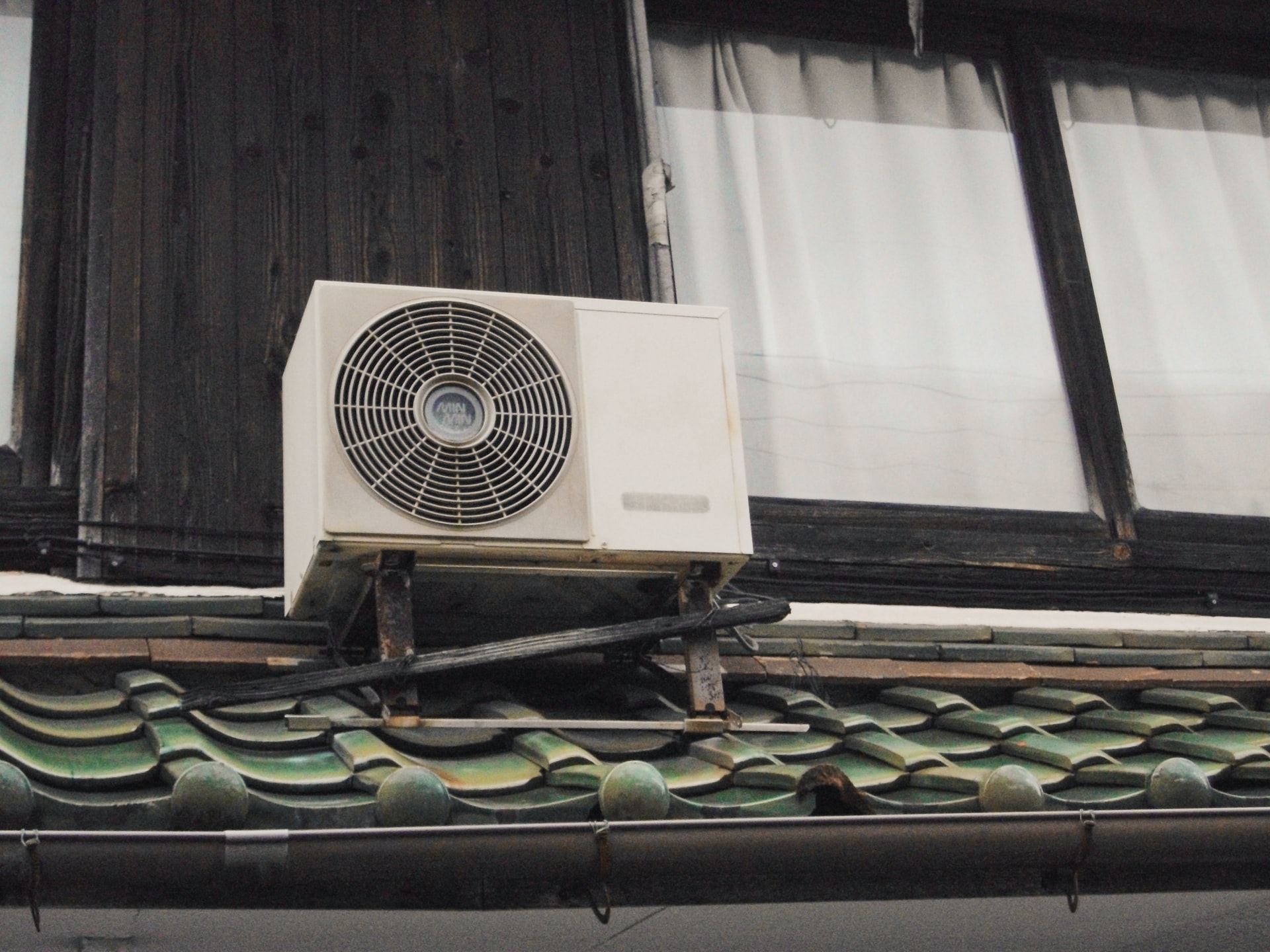
 Cleaning eliminates allergenic particles, dust, and grime which could impede the appropriate airflow of the device. Frequent buildup on the device considerably reduces heat and system functionality. Switch off the power and eliminate debris using a garden hose. Be cautious with coils when cleaning to not bend or harm fragile pins. Air conditioning maintenance and repair is vitally important to keep your unit operating satisfactorily and economically. Pick reliable service suppliers to maintain your unit in great condition.
Cleaning eliminates allergenic particles, dust, and grime which could impede the appropriate airflow of the device. Frequent buildup on the device considerably reduces heat and system functionality. Switch off the power and eliminate debris using a garden hose. Be cautious with coils when cleaning to not bend or harm fragile pins. Air conditioning maintenance and repair is vitally important to keep your unit operating satisfactorily and economically. Pick reliable service suppliers to maintain your unit in great condition.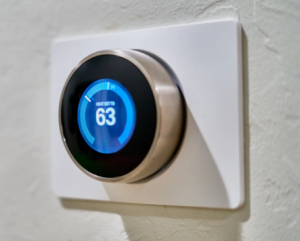 As part of regular maintenance, you need to continue to keep your eye on the thermostat. It should be functioning properly to make sure your house is at the ideal temperature. A fantastic trick is to substitute a mechanical kind thermostat with a programmable edition. This is a quality which may conserve energy and operating costs on your home unit.
As part of regular maintenance, you need to continue to keep your eye on the thermostat. It should be functioning properly to make sure your house is at the ideal temperature. A fantastic trick is to substitute a mechanical kind thermostat with a programmable edition. This is a quality which may conserve energy and operating costs on your home unit. This should also be among those places to test during maintenance reviews. The Regional Acoustics Specialist will help in repairing components and wiring. This is only one of the most significant things which you have to check.
This should also be among those places to test during maintenance reviews. The Regional Acoustics Specialist will help in repairing components and wiring. This is only one of the most significant things which you have to check.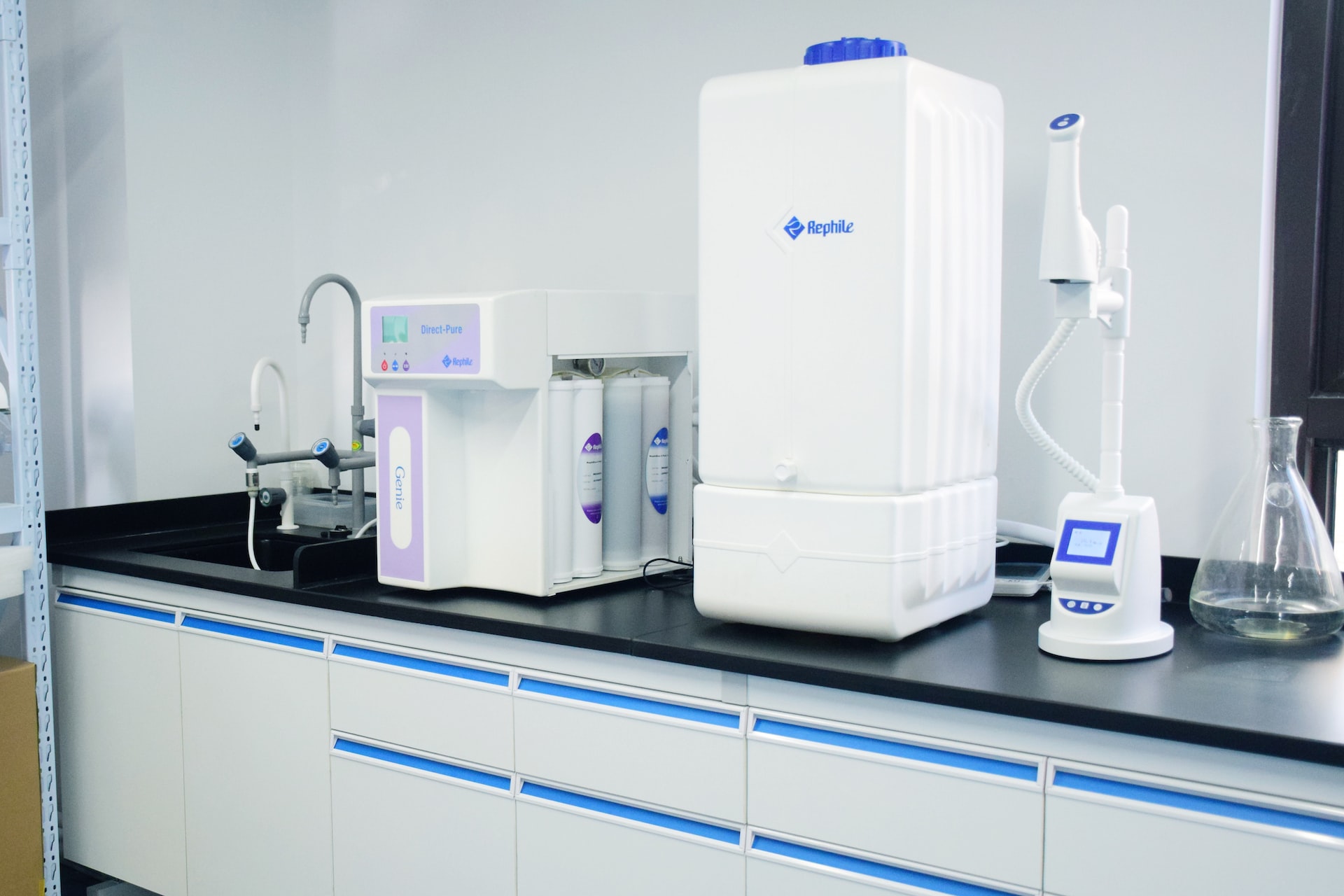
 One of the most important things you can do to maintain your water filtration system is to clean any debris that may have accumulated on the filters or cartridges. Over time, dirt and sediment can build up on these components, reducing your system’s efficiency. To clean your filters or cartridges, simply remove them from the unit and rinse them off with clean
One of the most important things you can do to maintain your water filtration system is to clean any debris that may have accumulated on the filters or cartridges. Over time, dirt and sediment can build up on these components, reducing your system’s efficiency. To clean your filters or cartridges, simply remove them from the unit and rinse them off with clean